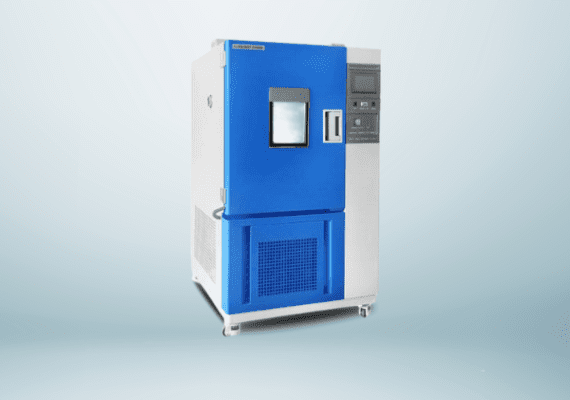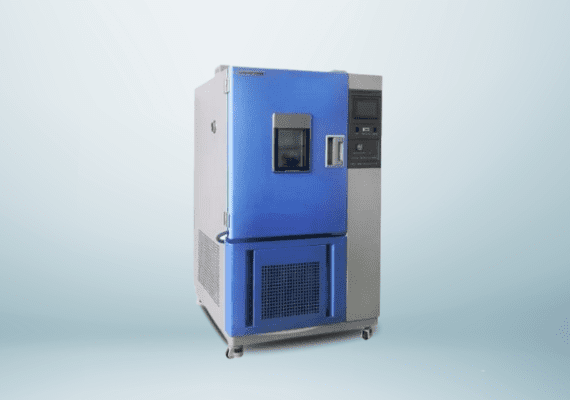
Humidity and temperature cycling testing is a method designed to simulate the environmental stress that products may encounter during their lifecycle. The test exposes the specimen to varying temperatures and humidity levels, subjecting it to repeated cycles of environmental changes. This allows manufacturers to observe any material degradation, failure, or changes in performance over time.
The testing process follows the IEC 60068 standard, which is an internationally recognized guideline for environmental testing of electrical and electronic products. This standard ensures that products are tested under controlled conditions that replicate real-world environmental factors.
The IEC 60068 standard is crucial because it ensures consistency and reliability in testing methods across industries. It outlines various tests, including climatic, mechanical, and combined climatic and mechanical tests. The standard ensures that products not only meet performance criteria but also withstand environmental conditions they might encounter in different regions of the world.
This testing is especially important for industries such as aerospace, automotive, electronics, and telecommunications, where product reliability is paramount. A failure to meet the required standards could lead to operational breakdowns, financial loss, or even risk to human safety.
Pre-conditioning: Before starting the test, the product is pre-conditioned at a set temperature and humidity level to stabilize its condition.
Temperature Cycling: The test involves exposing the product to cycles of high and low temperatures, simulating day-night temperature variations or rapid changes in environmental conditions. This is often combined with humidity to create more realistic stress conditions.
Humidity Cycling: In addition to temperature changes, the test involves cycling the humidity from dry to wet conditions. The product may be subjected to prolonged exposure to high humidity, followed by a rapid reduction to low humidity levels.
Monitoring: Throughout the test, the product is monitored for signs of physical degradation, such as cracks, corrosion, or changes in electrical performance.
Post-test Analysis: After completing the test cycles, the product undergoes further analysis to assess any long-term effects. This can include electrical testing, visual inspections, and sometimes destructive testing to evaluate internal components.
The main goal of humidity and temperature cycling testing is to identify any vulnerabilities in materials or components. By simulating real-world environmental changes, manufacturers can ensure that their products are robust and able to withstand harsh conditions without failure.
